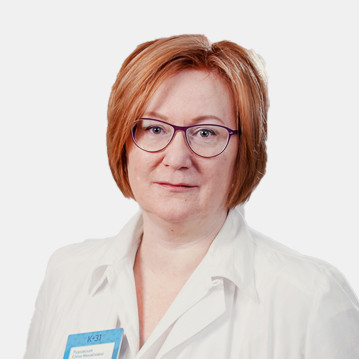Astigmatism refers to pathologies of the visual system that lead to visual impairment. The essence of this disease lies in the fact that the optical system of the eye is not able to focus at one point on the retina. It is important to note that none of the several tricks is in the right place, unlike a person with good eyesight. The focal point can be both behind or in front of the retina, or completely absent. As a result, instead of a normal image, something deformed and fuzzy is obtained.
Most often, astigmatism accompanies myopia (myopia) or farsightedness (hypermetropia), provokes the development of amblyopia. Moreover, a person suffering from this disease sees equally poorly both close and distant objects. If the pathology is not more than 0.5 diopters, then we are talking about a variety of the norm, and the visual anomaly itself is referred to as physiological astigmatism. Pathology does not cause discomfort, does not reduce the quality of life, therefore, does not require correction with glasses, lenses or surgery.
In cases where astigmatism is greater than 1 diopter, correction is required to minimize distortion and restore correct work of the visual system. In each case, everything is individual. In the Department of Ophthalmology and Eye Microsurgery "K+31" doctors help you diagnose and treat all forms of astigmatism.
Astigmatism can be diagnosed at any age. Pathology is most often congenital, inherited. Therefore, in order to restore the correct functioning of the organs of vision, timely examination and identification of the problem is considered extremely important. Treatment of astigmatism in children can be hardware or surgical, for example, laser correction.
Reasons
It is necessary to distinguish between congenital and acquired astigmatism.
As the definition implies, congenital astigmatism is a refractive error that is inherited. In the population, astigmatism occurs in almost every person, but our unique organ of vision is designed in such a way that a person practically does not feel a very weak degree of this refractive error and it does not affect his visual acuity in any way.
As for acquired astigmatism, it occurs due to traumatic damage to the eye, namely the cornea; dystrophic diseases (for example, it can develop due to keratoconus, corneal degeneration); after various surgical interventions (the so-called surgically induced astigmatism).
Of course, ophthalmologists distinguish types of astigmatism depending on the optical environment that causes it: corneal, lens. Normally, the cornea has a regular spherical shape and does not distort the image. If, due to certain circumstances, the cornea loses its usual structure, becomes oval or otherwise irregular in shape, then it changes the direction of the light rays. Passing through the lens and refracting, such rays no longer fall into their focus on the retina - this is corneal astigmatism.
Lenticular astigmatism occurs when the shape of the lens changes, which is much less common than in the cornea. Also, depending on the refractive power, astigmatism can be far-sighted, near-sighted and even combined: far-sighted on one axis, short-sighted on the other.
When choosing a method for correcting astigmatism in a patient, the specialists of our "K+31" clinic in Moscow take into account the above features, as well as examination data. Thanks to an integrated approach, regardless of whether the lens or cornea is damaged, the ophthalmologist selects an effective hardware treatment or decides on the need for surgery. You can make an appointment using the form provided on the website. Just request a call back. Our manager will contact you and select a convenient appointment time. To do this, just fill out the form and send the data with one click on the button.
Clinical manifestations of astigmatism
There are three degrees of astigmatism:
- Up to 2.0 D - weak degree;
- Up to 3.0 D - medium degree;
- Above 4.0 D is a high degree of astigmatism.
As mentioned earlier, almost every person has astigmatism no more than 1 D, which does not create any discomfort. If its degree is higher, then characteristic complaints often appear. The symptoms of this disease are quite characteristic, but the main symptom of the problem is the loss of clarity of vision, regardless of the distance to the object in question. In this case, one part of the object can be clearly visible, while the other is significantly distorted. Uncorrected astigmatism can present with fatigue, headache, double vision, strabismus, and other serious complaints.


